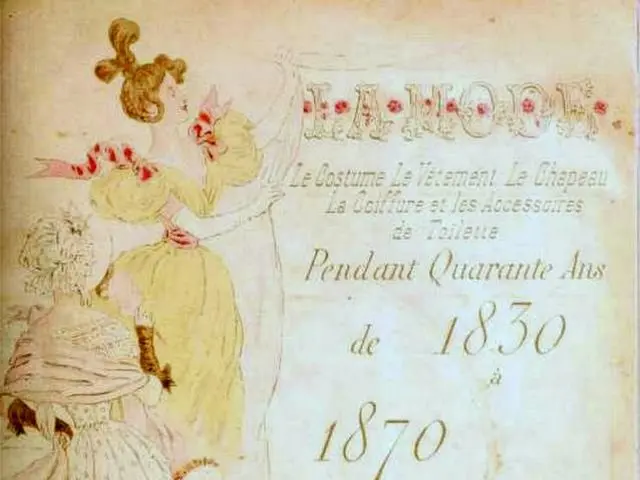Ancestral Maori successfully adapted to swift climate alterations
In a groundbreaking study, researchers have delved into the past of Aotearoa, New Zealand, shedding light on the early settlements and the adaptability of the Maori people.
The research, which utilised a vast radiocarbon data set of over 2,250 dates, the largest from any island context, has revealed some fascinating findings. The study, which combined terrestrial and marine radiocarbon data sets for increased precision and accuracy, has demonstrated a difference in the age of settlements in the North and South islands of Aotearoa.
The ancestors of Maori made landfall in Aotearoa some 750 years ago, marking the final stop of the greatest expansion of human migration in prehistory. The early arrivals to Aotearoa travelled from the tropical islands of East Polynesia via traditional navigation.
The first settlers reached the North Island of Aotearoa between 1250 and 1270. At the time of settlement, the south had colonies of the large flightless moa. However, after 1350, conditions became significantly colder in the south, making moa hunting uneconomic and putting early communities under pressure. As a result, people had to adapt quickly, and the population shifted back to the north and grew between 1350 and 1450.
The Maori adapted quickly to their new environment and again during later periods when temperature and rainfall changed significantly. This adaptability is evident in the differences in the age of settlements in the North and South islands, and in the ways the Maori utilised resources and responded to climate changes.
The research links the number and distribution of archaeological sites, climate, resources, and deforestation trends. The development of a regional marine calibration curve allowed the inclusion of more than 800 shell radiocarbon dates in the current study.
Previous research has demonstrated that dates of midden shells could increase the accuracy of models if they had a better understanding of how radiocarbon in the ocean changed over time. This new approach has enabled the researchers to refine 'wiggles' that result in multiple ranges for some early settlement events.
Future work aims to achieve the precision needed to establish more links between people, climate, and time. This research provides a time baseline for understanding the complexity of ancestral Maori society, offering valuable insights into their resilience and adaptability in the face of changing environments.
Read also:
- Understanding Hemorrhagic Gastroenteritis: Key Facts
- Stopping Osteoporosis Treatment: Timeline Considerations
- Tobacco industry's suggested changes on a legislative modification are disregarded by health journalists
- Expanded Community Health Involvement by CK Birla Hospitals, Jaipur, Maintained Through Consistent Outreach Programs Across Rajasthan








